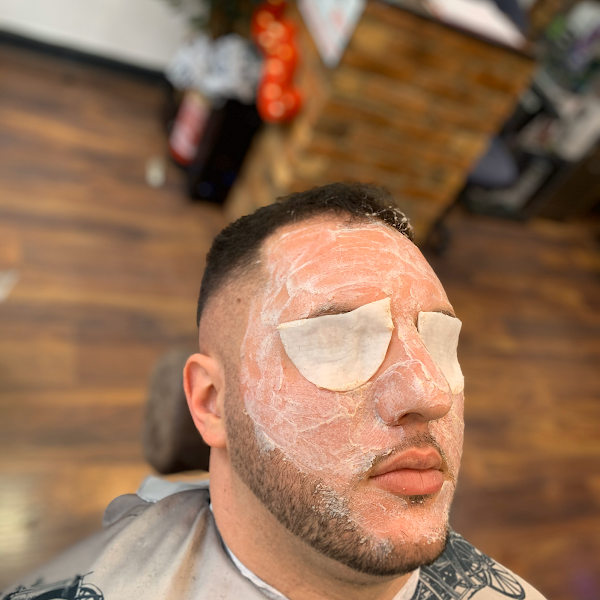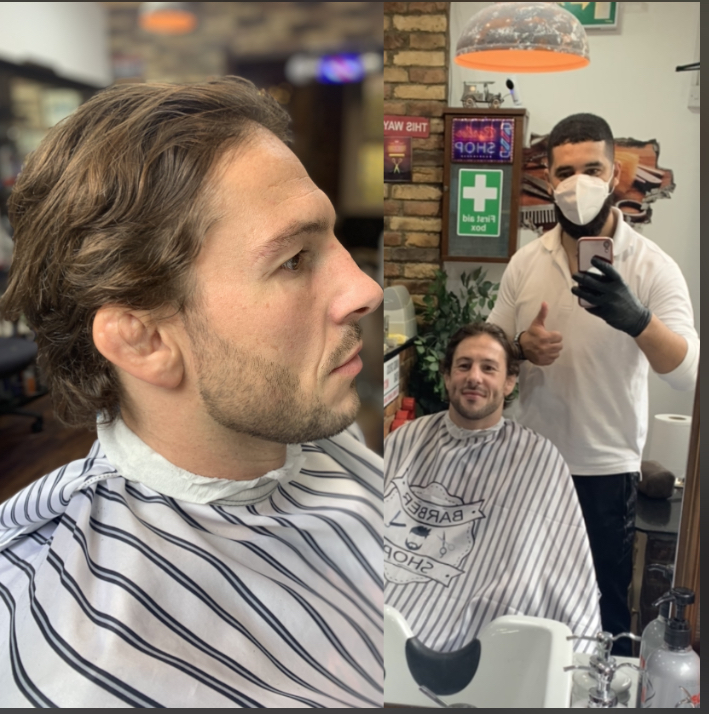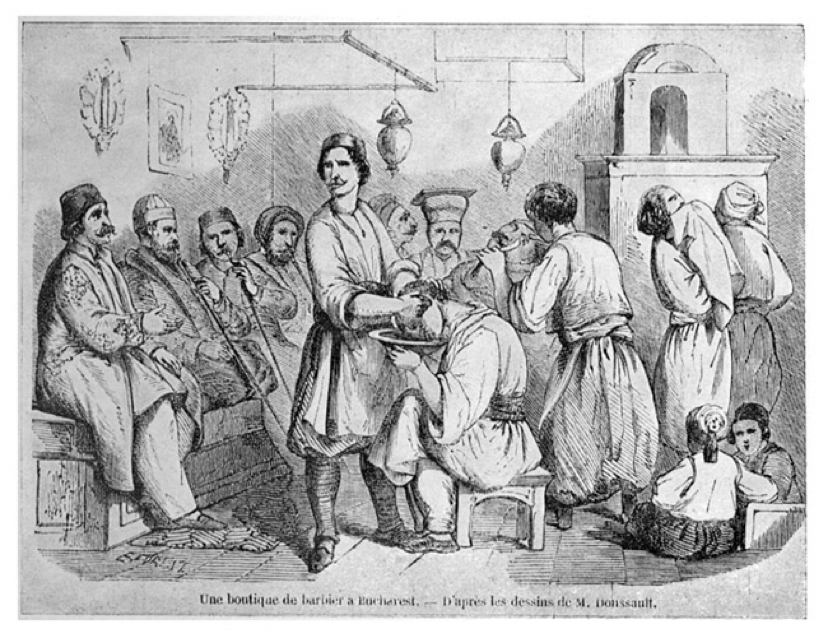The Barber History
The barber’s trade has a long history: razors have been found among relics of the Bronze Age (around 3500 BC) in Egypt. The first barbering services were performed by Egyptians in 5000 B.C. with instruments they had made from oyster shells or sharpened flint In ancient Egyptian culture, barbers were highly respected individuals. Priests and men of medicine are the earliest recorded examples of barbers. In addition, the art of barbering played a significant role across continents. Mayan, Aztec, Iroquois, Viking and Mongolian civilizations utilized shave art as a way to distinguish roles in society and wartime. Men in Ancient Greece would have their beards, hair, and fingernails trimmed and styled by the κουρεύς (cureus), in an agora (market place) which also served as a social gathering for debates and gossip.
Barbering was introduced to Rome by the Greek colonies in Sicily in 296 BC, and barbershops quickly became very popular centres for daily news and gossip. A morning visit to the tonsor became a part of the daily routine, as important as the visit to the Public baths, and a young man’s first shave (tonsura) was considered an essential part of his coming of age ceremony. A few Roman tonsoresbecame wealthy and influential, running shops that were favourite public locations of high society; however, most were simple tradesmen, who owned small storefronts or worked in the streets for low prices.
Starting from the Middle Ages, barbers often served as surgeons and dentist. In addition to haircutting, hairdressing, and shaving, barbers performed surgery, bloodletting and leeching, fire cupping, enemas, and the extraction of teeth; earning them the name “barber surgeons” Barber-surgeons began to form powerful guilds such as the Worshipful Company of Barbers in London. Barbers received higher pay than surgeons until surgeons were entered into British warships during naval wars. Some of the duties of the barber included neck manipulation, cleansing of ears and scalp, draining of boils, fistula and lancing of cysts with wicks.
19th century
| Learn moreThis section needs expansion. Barbershop in Bucharest ≈1842. The barbershop also provides an opportunity for social contacts.Barbershops were influential at the turn of the 19th century in the United States as African Americans businesses that helped to develop African Americans culture and economy. According to Trudier Harris, “In addition to its status as a gathering place, the black barbershop also functioned as a complicated and often contradictory microcosm of the larger world. It is an environment that can bolster egos and be supportive as well as a place where phony men can be destroyed, or at least highly shamed, from participation in verbal contests and other contests of skill. It is a retreat, a haven, an escape from nagging wives and the cares of the world. It is a place where men can be men. It is a place, in contrast to Gordone’s bar to be somebody. Barbershops from black barbers at first mostly served wealthy caucasians. In the later part of the century they opened barbershops in black communities for serving black people. |
Walking & booking welcome!
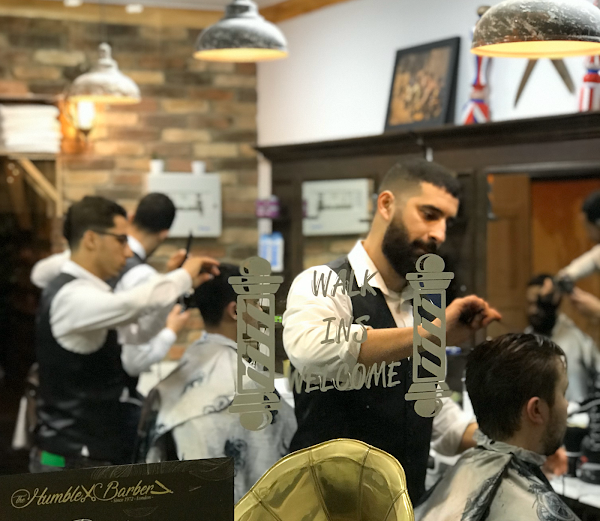
Full Facial Treatmen
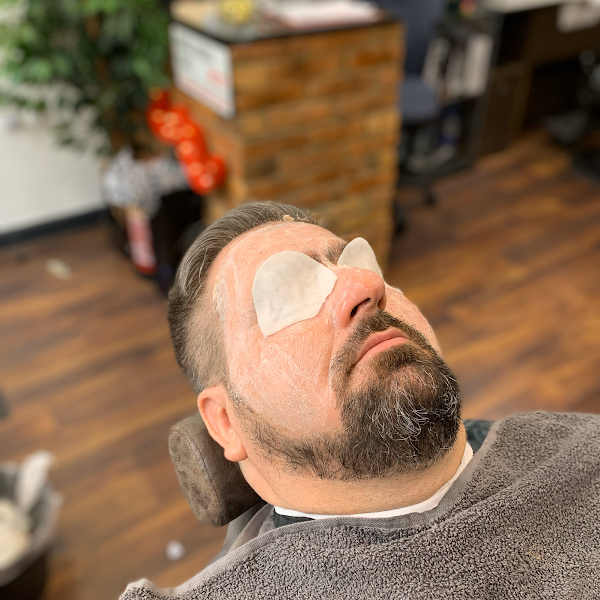
Facial Treatment
